TRCP members showed the most support for these legislative solutions and conservation priorities in 2022
Since our founding in 2002, the TRCP has existed to unite hunters and anglers around common goals and then bring the strong, unified voice of our community directly to decision-makers, who can implement pragmatic solutions that benefit fish, wildlife, and outdoor recreation access.
Our best metric of success is whether we’ve compelled you—our members, readers, and social followers—to act in support of conservation, whether that’s by signing a petition, sending a message to your lawmakers, attending a public hearing or rally, or donating to keep our work going.
In looking back on this year—our 20th anniversary—we saw a pattern of strong support for many issues, both national and regional in scope. More than 30,000 of you took action at least once in 2022. Here are the issues that convinced the most sportsmen and sportswomen to speak up.

Menhaden and Forage Fish Management
Generating an overwhelming wave of support from anglers and residents of the Virginia coast, the TRCP petition urging Governor Glenn Youngkin to move menhaden reduction fishing out of the Chesapeake Bay became our most viral action alert of the year.
Sportsmen and sportswomen from the Gulf of Mexico to Maine have been primed to act on the menhaden issue since we began sharing the impact of reduction fishing on sportfishing opportunities years ago, but multiple net spills and fish kills this past summer brought even more attention to Omega Protein’s bad behavior.
The majority support of our community makes the inadequate response from some decision-makers all the more frustrating. While anglers successfully pushed for stronger menhaden management in the Atlantic as recently as 2020, this most recent call for regulation in the Bay was met with disappointing results. Similarly, in Louisiana, legislation that would have established buffer zones and more accountability for industrial menhaden harvesters was roundly supported by anglers but ultimately failed.
Our work for menhaden, and the need for your support, continues.
Public Land Access and Management
Unsurprisingly, public land issues came in next on the list, with many opportunities for sportsmen and sportswomen to weigh in on national and local proposals and protect against threats to habitat and access. TRCP supporters have long defended public hunting and fishing opportunities, and some had reason this year to remind decision-makers that our community strongly opposes the sale or transfer of national public lands to the states.
You also spoke out about the need for federal agencies to digitize their paper maps and access records and make this information publicly available. Thanks to your support, this is a requirement made by the MAPLand Act, which was signed into law this year.
Finally, hunters and anglers stepped up to advocate for enhanced hunting and fishing opportunities and balanced, science-based management of national forests, refuges, and BLM public lands in Oregon, Montana, Nevada, and Alaska. Support for hunting and fishing opportunities in the Last Frontier was especially apparent: Across four different campaigns, TRCP members in Alaska and across the country supported re-establishing conservation safeguards for roadless areas in the Tongass National Forest, maintaining 28 million acres of prime habitat known as D-1 lands, preventing degradation of remote caribou and grizzly hunting areas in the Brooks Range, and creating commonsense protections against mine waste in Bristol Bay.
Grasslands and Sagebrush Conservation
Talk about grassroots advocacy! The TRCP and a diverse coalition of groups first appealed to hunters and anglers in 2021 to support a solution for restoring and conserving disappearing grasslands and sagebrush habitat. At the time, our groups offered a proposal: Pattern a program for native grasslands off the successful North American Wetlands Conservation Act, which empowers private landowners to conserve and improve waterfowl habitat.
The response from conservationists was so overwhelming that lawmakers introduced legislation to create just such a program this fall. The action alert is still live, pushing for support of the North American Grasslands Conservation Act, which is unlikely to pass this Congress but has many champions who will make another run at securing this solution in the next session.
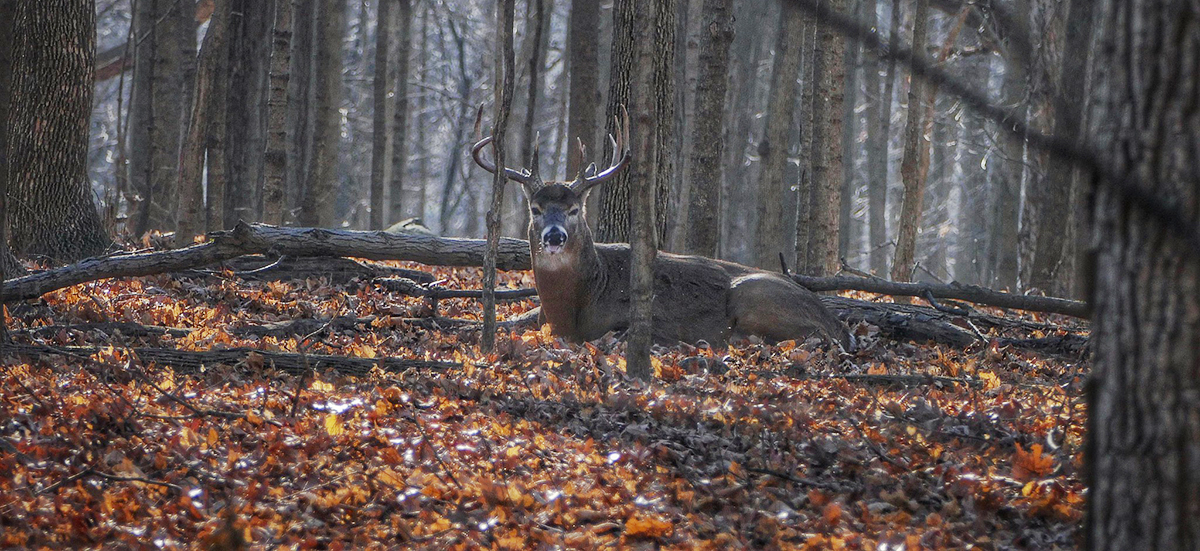
Chronic Wasting Disease Solutions
In the past two years, hunters in this community have gotten us closer than ever before to sending more adequate federal resources to state and Tribal wildlife agencies that are struggling to respond to the rapid spread of CWD among wild deer and elk. As a result, the Chronic Wasting Disease Research and Management Act sailed through the House in 2021. This year, thousands of you have pushed senators to pick up the baton and lock down these investments in better surveillance and testing and next-level science. We hope to have good news to share on this any day now.
You also called on the USDA to hold captive deer operations accountable for their role in spreading CWD between farm-raised and wild deer. This will be the major focus of our work once legislation is passed, so stay tuned.
Defending Pittman-Robertson Dollars
One bill that we’ll be glad to see on the cutting room floor at the end of this Congress generated outrage (and action) among hunters and anglers who are proud of our essential role in conservation. The RETURN Act, introduced in July of this year, would have obliterated Pittman-Robertson funding, which is collected via excise taxes on our licenses, firearms, and other gear to underwrite habitat improvements, enhanced hunting and fishing access, hunter’s education programs, and new public shooting ranges across the country.
We’re always hesitant to bring too much attention to legislation that appears to have no path forward, but in this case, with the bill co-sponsored by so many decision-makers upon introduction, education and advocacy was necessary. You rose to the occasion, firing off this message and leading some lawmakers to quickly pull their support for the bill.
Water Conservation and Drought Planning
While public lands and looming threats took top spots on this list, a diverse array of water resource issues also attracted your attention in a meaningful way this year. The biennial Water Resources Development Act was a surprising rallying point for hunters and anglers—while the TRCP always advocates for habitat and outdoor recreation in this process, it has rarely been met with so much support from sportsmen and sportswomen. Thanks, in part, to you, WRDA just passed out of the Senate and heads to the president’s desk with important provisions for Mississippi River conservation efforts, natural infrastructure, and Everglades restoration. The Everglades also got a boost in early 2022, but hunters and anglers continue to advocate for completion of the Everglades Agricultural Area Reservoir with federal support.
On a local level, hunters, anglers, and conservationists in Colorado stepped up to ensure that many diverse perspectives were included in the Colorado Water Plan as it was updated this year. And, in Pennsylvania, anglers were increasingly vocal about the need for the highest possible conservation safeguards to be applied swiftly on qualifying wild trout streams. This work will continue in 2023, if you want to be involved.

Farm Bill Conservation Programs
We also saw strong support for private land conservation programs in one of the most significant, yet commonly overlooked, pieces of legislation for improving habitat and access: the Farm Bill. For the thousands of you who spoke out in support of greater overall investments in private land conservation, a stronger Conservation Reserve Program, and giving a boost to the only federal program aimed at enhancing outdoor recreation access on private land, your timing couldn’t have been better. The most recent five-year Farm Bill expires next fall, and lawmakers will be working in earnest to craft a new package this spring. It is clear that hunters and anglers will be paying attention.
Conservation Funding Proposals
The limitations on our good ideas and strongest conservation policies are nearly always related to how much funding is available. While a balance on federal spending must be maintained, it is worth noting that conservation dollars, as a percentage of all congressional spending, had been cut in half in recent decades. Gains have been made in many existing programs, but new funding sources need to be identified to keep conservation moving forward.
This may be why so many of you were compelled to take action in support of the Recovering America’s Wildlife Act, which would proactively fund conservation of the most at-risk species. RAWA would provide dedicated funding to restore habitat, recover wildlife populations, and rebuild the infrastructure for both our natural systems and outdoor recreation opportunities—and it could still pass this Congress as an omnibus spending deal comes together.
Wildlife Crossings and Migration Corridors
We can always expect a positive response when we post about wildlife crossings and big game migrations, and it’s easy to see why these are popular topics with sportspeople: Crossings reverse habitat fragmentation, save lives, and keep herds healthy, while trail cam footage of their use—particularly during migrations—is just incredibly cool to see.
Following a big win for habitat connectivity in 2021, we worked to make this community aware of a new federal grant program that would make it possible for more wildlife crossing structures to be built across the country. And there was strong support when we gave you the opportunity to vie for these dollars to be spent in your state. With your help, decision-makers are becoming aware of the need to apply for these resources and get construction underway.
Hunters and anglers also stepped up this year to support conservation of big game seasonal habitats, including wildlife corridors and stopover areas, across the West. Sportsmen and sportswomen in Colorado and Oregon spoke out about proposed land-use plans and legislation affecting these habitats and the possibility of installing wildlife crossings. This work is likely to be important again in the 2023 state legislative sessions.
Nature-Based Climate Solutions
It is easy to feel overwhelmed at the scope of the climate change crisis and how habitat and species are already being affected. But healthier landscapes and waters are powerful solutions, as well. For this reason, we launched a new online educational resource this year to engage hunters and anglers in this conversation and push decision-makers to embrace habitat-powered solutions to climate change. Many of you downloaded our guide to climate change impacts on hunting and fishing and then took the next step to demand action from Congress and federal agencies. The next major opportunity to secure some of these nature-based solutions is in the upcoming Farm Bill debate, so check back here for more in 2023.

A word about advertising:
I want to acknowledge that hunters and anglers can’t take action on these or other conservation priorities if they are not aware of the opportunity to do so. This is why—in addition to reaching out to our email subscribers and social followers—the TRCP uses advertising, particularly on social media, to expose as many potential advocates as possible to a given issue.
The budget to do this varies from campaign to campaign, so there definitely could be an indication of more support for campaigns that can afford more advertising. Still, even with an unlimited budget, we can’t sell anyone on a weak call to action. So, enthusiasm for the above issues is clearly there.
Thank You for Your Commitment
Perhaps you, yourself, were compelled to take action through a Facebook ad or other sponsored post before knowing much about the TRCP. If so, we’re glad you’re here. If you’ve been subscribed to our emails for a while and filled out your first action alert this year, we thank you. It really does make a difference when we can show lawmakers that their constituents care about an issue.
If you would have liked to support one of these issues, but you’re just learning about it now, please consider signing up for TRCP’s emails. Our weekly Roosevelt Report gives a good overview of what’s going on in conservation across the country, while more regionally specific and issue-based emails go out to smaller groups as opportunities to take action arise. And we will never sell your information or spam you.
Signing up is also a great way to get ahead of any new year’s resolutions to get more involved in or informed about conservation. Let us do most of the work and deliver that information directly to your inbox! Expect your first Roosevelt Report to be sent on January 6, 2023.
In closing, we are extremely grateful for your support of TRCP and overall commitment to conservation, habitat, and access this year. Happy holidays, and we hope you have excellent hunting and fishing in 2023.

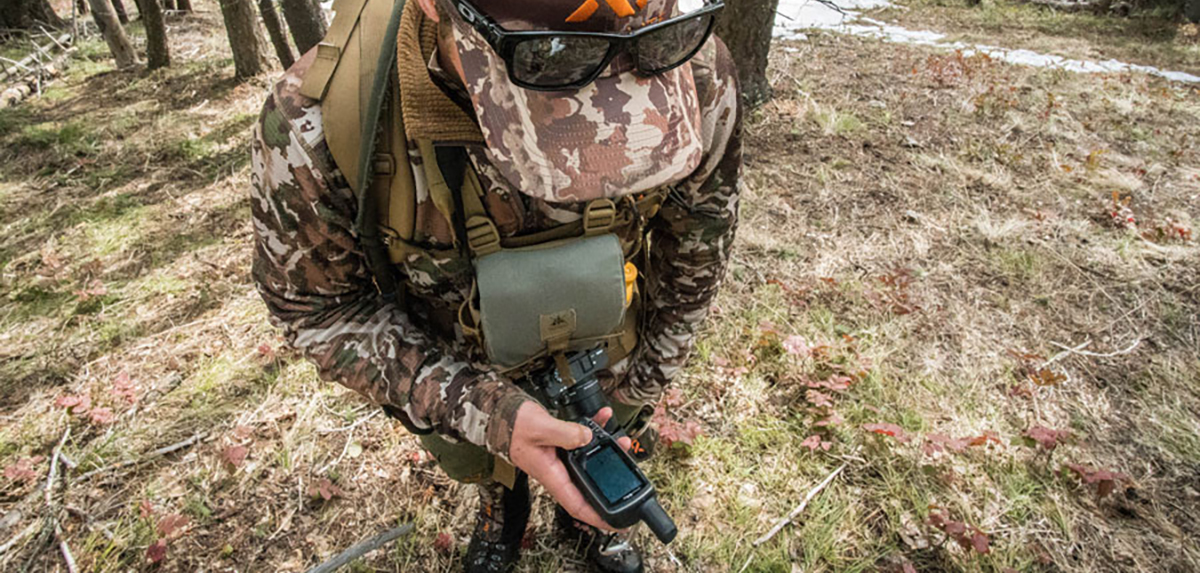
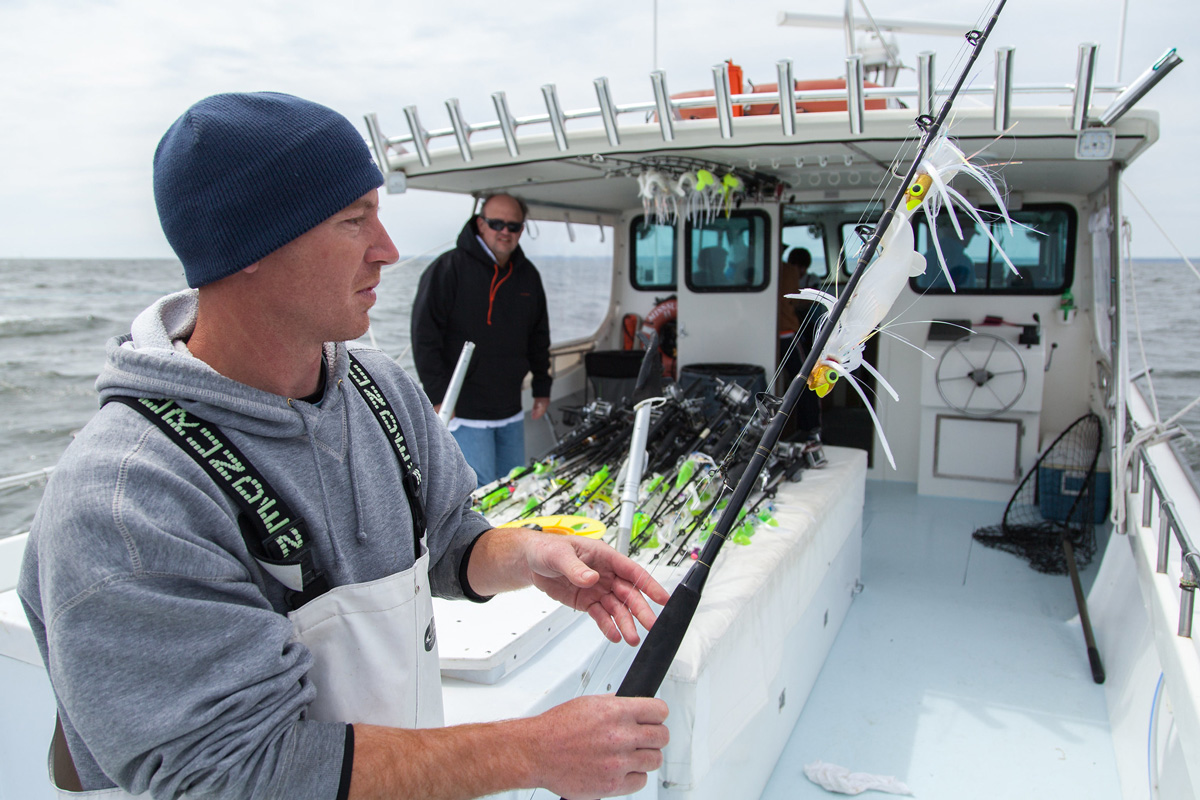
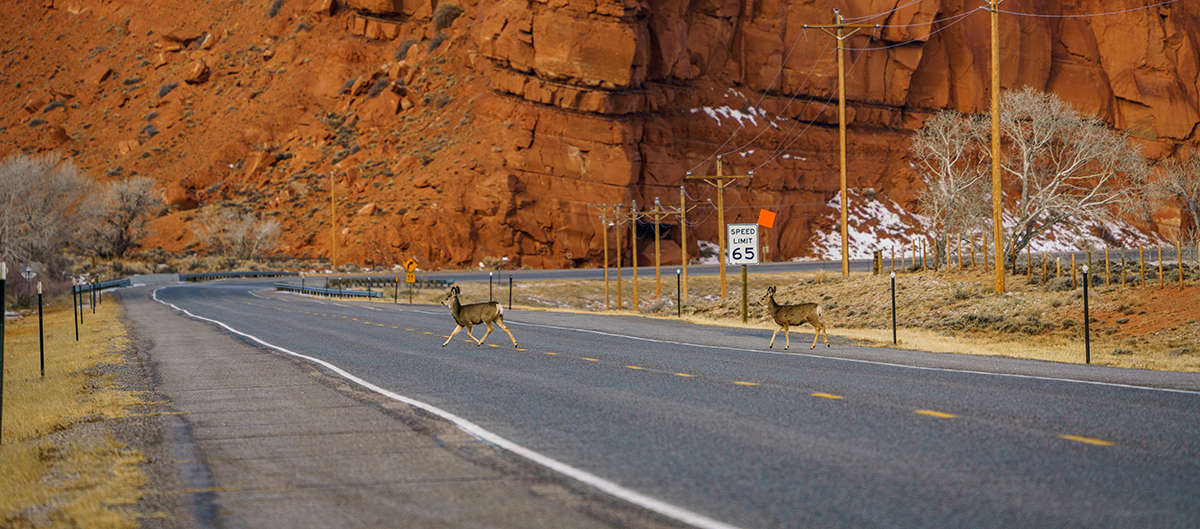
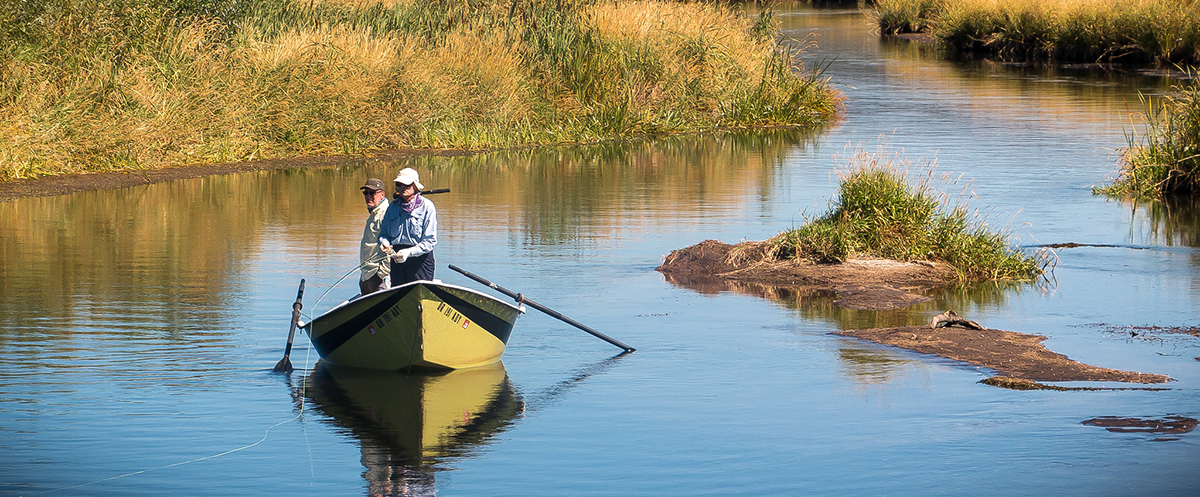




The menhaden are the most important fish in so many ways. They clean the water and fertilize oyster beds and the ocean around them. They move Omega proteins up the food chain. They are essential foods for hundreds of species from trout to whales, eagles to pelicans. They have been over-fished by Omega Protein, a
Canadian Company, and Daybrook Fisheries, a South African company. The deceit is hidden way inside of NOAA,
The Gulf States Marine Fishery Commission and the Atlantic States Marine Fishery. They are using science as a tool to deceive all of us and making billions while killing the whole ecosystem. Thanks to TRCS, and Whit, and the members for making this a major priority. We will never have a real fishery until Omega and Daybrook are turned into algae factories. Keep up the great work. I am working hard against them also.